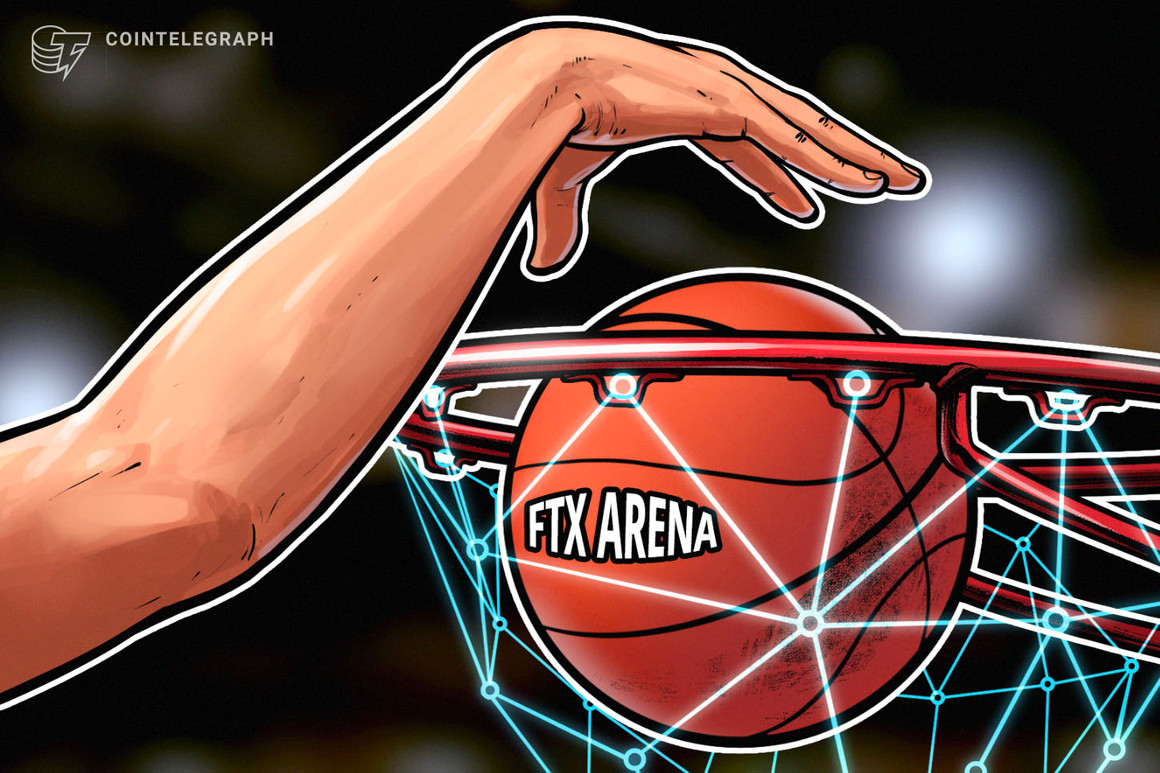# How Bitcoin miners can survive a hostile market — and the 2024 halving

Table of Contents
Bitcoin mining is becoming harder — which means miners will have to spend more to receive fewer rewards. But there are still ways to be profitable.
Bitcoin’s halving is a high-profile event for crypto investors, and has historically led to an increase in Bitcoin’s price. However, its impact on the mining industry is a more complex issue. It reduces block rewards, one of the primary revenue streams for miners. The 2024 halving will reduce it from 6.25 BTC to 3.125 BTC. That’s why miners must adapt their strategies to compensate for the reduced rewards resulting from the halving.
Let’s explore the strategies and alternative income sources that may help Bitcoin miners amid hostile market conditions.
Changing mindsets
Bitcoin mining involves a competitive process where miners vie for block rewards. This competition is driven by Bitcoin’s block time, which averages around 10 minutes per block on the protocol level. Whether the network’s computing power is relatively low at 1 kH/s or surges to a massive 200 million TH/s, the same block rewards must be distributed among miners.
Related: An ETF will bring a revolution for Bitcoin and other cryptocurrencies
This competitive environment encourages miners to prioritize energy efficiency and the use of cost-effective hardware. With each halving event, where block rewards are cut by 50%, this trend towards efficiency gains momentum. As the cost of producing a single BTC is set to approximately double shortly after the next halving, miners will need to explore ways to optimize their profitability and focus on these three critical factors.
Bitcoin miners’ survival rests on these three whales
The first and most important “whale” is the cost of electricity. Even a modest fluctuation of 1 cent per kilowatt-hour (kWh) can lead to a substantial $3,800 variance in the production cost of BTC, according to JPMorgan. To bolster their post-halving profitability, miners are exploring sophisticated contracts and contemplating relocation to countries or regions where electricity prices are lower. They even consider power generation from stranded gas options. I believe that it’s crucial for miners to secure electricity rates at or below 5 cents/kWh to maintain profitability beyond April 2024.

The second major factor demanding miners’ attention is the efficiency of their equipment. For instance, daily BTC mining costs can be slashed by more than 63% when upgrading from a rig with a 60 J/TH efficiency rating to one with a 22 J/TH rating. Miners boasting hardware efficiency and benefiting from lower electricity costs will be the most profitable. They are the ones most likely to weather significant market events like the upcoming halving.
Additionally, I suggest miners employ the third strategy that involves accumulating excess capital in mined BTC during profitable periods. This reserve can serve as a buffer against the impact of reduced block rewards post-halving. When the post-halving rally occurs, miners can capitalize on their reserves by selling mined assets at a higher profit margin, helping to offset the losses.
While strategies such as securing lower electricity rates, adopting more energy-efficient mining equipment, and utilizing reserve capital can mitigate the adverse effects, the 2024 halving will bring substantial pressure on miners. It can lead to the potential closure of numerous mining operations. Thus, miners will also need to explore alternative revenue streams. One promising opportunity for miners lies in projects like Bitcoin Ordinals.
Other ways
Bitcoin Ordinals have recently garnered significant attention by driving transaction fees within the Bitcoin network to new highs. Ordinal “inscriptions,” the metadata attached to each satoshi, is a unique asset created directly on the Bitcoin blockchain, similar to a nonfungible token (NFT). To obtain one, users typically engage with the platform or protocol responsible for Ordinals.
Related: 10 years later, still no Bitcoin ETF — but who cares?
As the number of inscriptions rises — surpassing 25.5 million as of August — so does the revenue generated from transactions, which presently stands above $53 million. This trend suggests that alternative income streams for miners may gain prominence in the long term.
We see Ordinals shifting the profitability equation for miners, increasing user demand for creating inscriptions, initiating processing transactions on the Bitcoin network, and incentivizing miners to include their transactions in the next block.
We can certainly expect more developments on top of the Bitcoin network that will enable miners to adapt more effectively to the post-halving landscape. As we move closer to the halving event, miners must prioritize the aforementioned strategies to optimize their profitability and stay open to new alternatives on the horizon.
This article is for general information purposes and is not intended to be and should not be taken as legal or investment advice. The views, thoughts and opinions expressed here are the author’s alone and do not necessarily reflect or represent the views and opinions of Cointelegraph.
If you liked the article, do not forget to share it with your friends. Follow us on Google News too, click on the star and choose us from your favorites.
For forums sites go to Forum.BuradaBiliyorum.Com
If you want to read more News articles, you can visit our General category.


